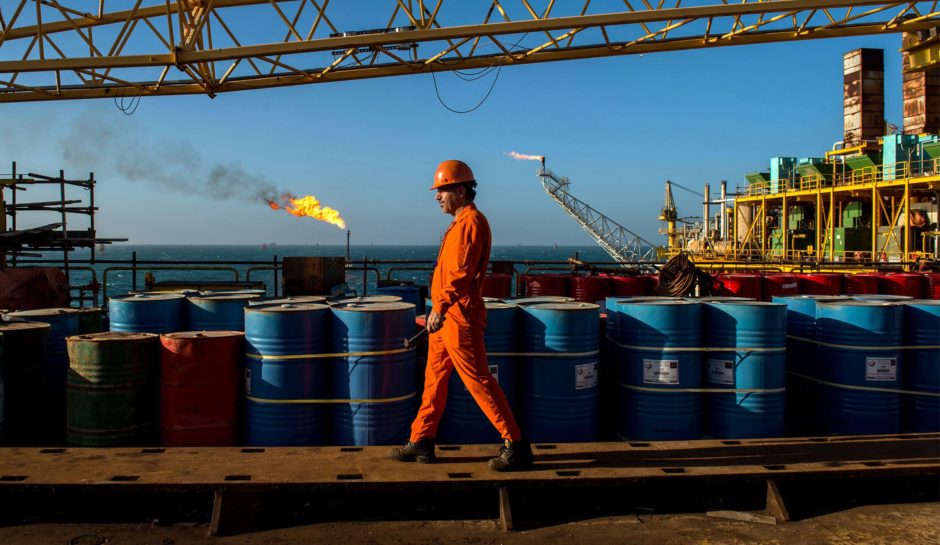
Oil rebounded after plunging to the lowest level in 18 years as investors weigh efforts by policy makers across the globe to strengthen economies against the impact of the coronavirus pandemic.
Futures rose as much as 18% in New York, the most since December 2008, following a 24% rout in the previous session. Oil has been hammered by the dual shocks of collapsing demand and an impending supply flood, but are getting some relief along with other markets from stimulus measures.
The European Central Bank has unleashed an emergency bond-buying program, while the U.S. Senate cleared the second major bill responding to the outbreak. White House economic adviser Larry Kudlow said the government might take equity positions as part of corporate rescues.
The global spread of the virus pandemic continues to gather pace, with the number of confirmed cases in Europe now exceeding China. Italy’s death count has surged to almost 3,000, while the U.K. imposed tighter controls on movement including closing all schools.
“There is just extreme volatility in the market now as participants try to assess the economic impact of the coronavirus and what it means for oil demand,” said Daniel Hynes, an analyst at Australia & New Zealand Banking Group Ltd. in Sydney. “The high level of uncertainty around the hit to demand means that markets are going to continue to test these levels and invite some sort of reaction from producers.”
As the world’s biggest oil producers move to ramp up production and exports, U.S. Republican Senator Kevin Cramer called on President Donald Trump to ban crude imports from Russia, Saudi Arabia and other OPEC members in response to recent action taken by them to “distort energy markets” when demand is already weak. The kingdom has ordered state-run Aramco to keep output at 12.3 million barrels a day over the coming months.
West Texas Intermediate for April delivery, which expires Friday, climbed $2.41 to $22.78 a barrel on the New York Mercantile Exchange as of 1:45 p.m. in Singapore after closing at $20.37 on Wednesday, the lowest since February 2002. Brent for May delivery added 3.8% to $25.82 on London’s ICE Futures Europe exchange after settling at the lowest since May 2003.
In wider global markets, the dollar extended its recent gain, the yen slumped and equities were mixed as investors questioned the effectiveness of a rapidly strengthening set of economic and financial support measures.
The ECB announced the bond-buying program worth 750 billion euros ($820 billion) after an unscheduled meeting on Wednesday night, joining other central banks in a bid to ease a funding squeeze. Meantime, Kudlow said the administration could “up the ante” beyond its $1.3 trillion stimulus proposal and cautioned that the idea of taking equity positions was just one of many.
While Russia and the Saudis are set to swamp the market with crude, the Kremlin said it would prefer higher prices after Iraq, OPEC’s second-biggest producer, urged the cartel and its former allies to convene a meeting to consider steps to re-balance the market.
The Saudis “are working against the central banks in some way, creating a deflationary spiral for energy prices with their massive effort to oversupply the global market,” said John Kilduff, a partner at Again Capital in New York. “Prices are at panic levels.”